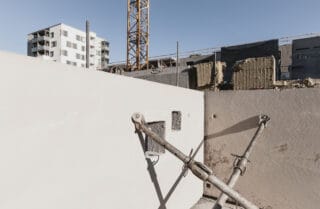
What to think through in designing precast concrete buildings?
Precast concrete provides efficiency, versatility and durability to a wide range of structures. To make the most of…
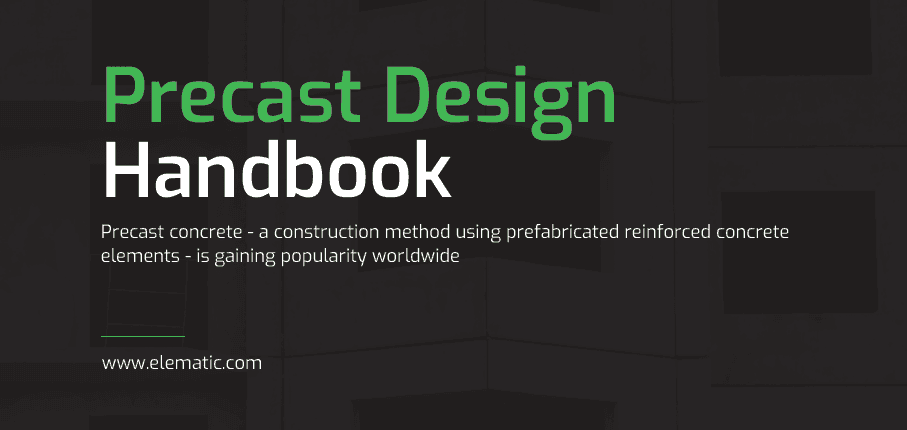
Precast concrete technology is revolutionizing the construction industry by offering a faster, safer, sustainable, and more efficient alternative to traditional cast-in-situ methods. The Precast Design Handbook, developed by Elematic’s design team, serves as a comprehensive guide for engineers, architects, and builders seeking to integrate precast systems into their projects.
By transitioning to a modern, industrialized precast building, we can reduce construction time by 50%, cut costs by 30%, and achieve the best possible quality and safety, while also reaping the environmental benefits that precast buildings offer. The prerequisite for achieving these numbers requires designing for precast, and for this purpose, we have built the Precast Design Handbook to meet your needs.
Here’s a brief introduction to the subject. You can download the handbook from the link below.
Precast concrete involves manufacturing structural elements in a controlled factory environment before transporting them to the construction site. This method ensures high-quality production, minimizes on-site labor, and significantly accelerates project timelines. Depending on the project requirements, precast construction can be fully or partially integrated with conventional systems.
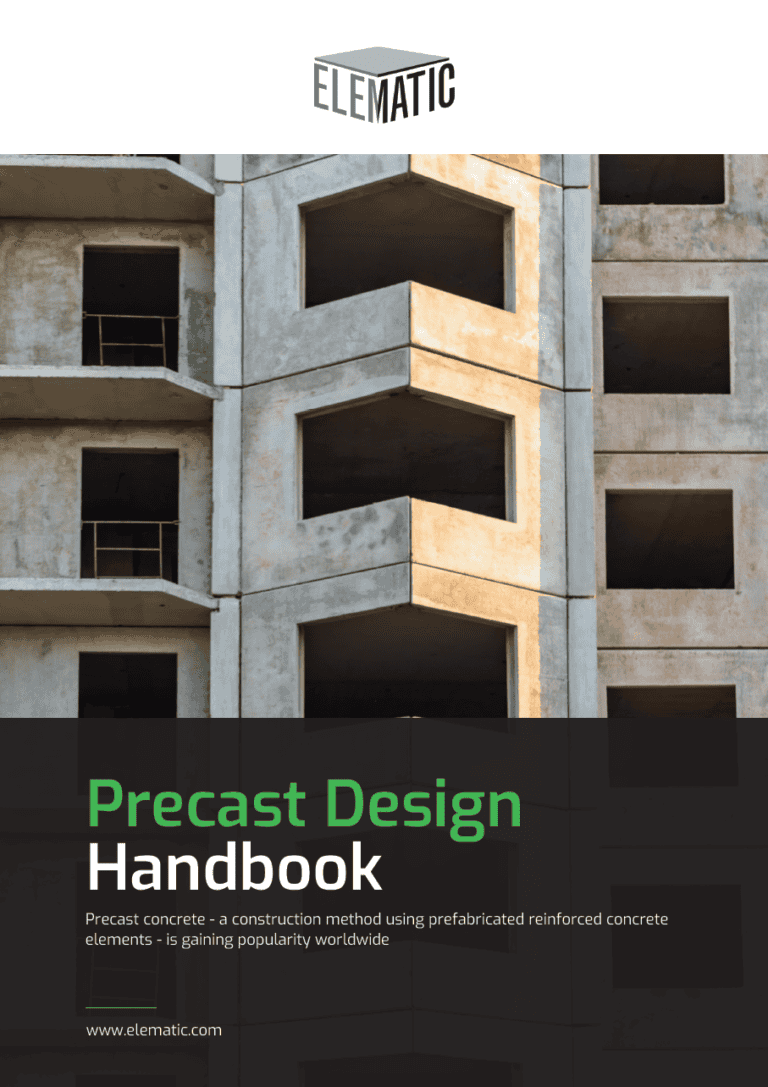
In the handbook, we outline two primary design philosophies:
The success of precast systems heavily relies on effective joint detailing, modular repetition, and strategic planning for transportation and site erection.
We also detail various precast components in the handbook such as:
Each element is discussed with emphasis on load analysis, deflection, cracking, and connection design.
Design must comply with local standards, such as Indian standards, including IS-15916, IS-456, IS-1893, IS-13920, and IS-1343, besides following international standards like ACI 318, PCI design handbook and Eurocode 2. Safety in the manufacturing, transportation, and erection phases is paramount, with measures such as PPE, rigging checks, and emergency planning being emphasized.
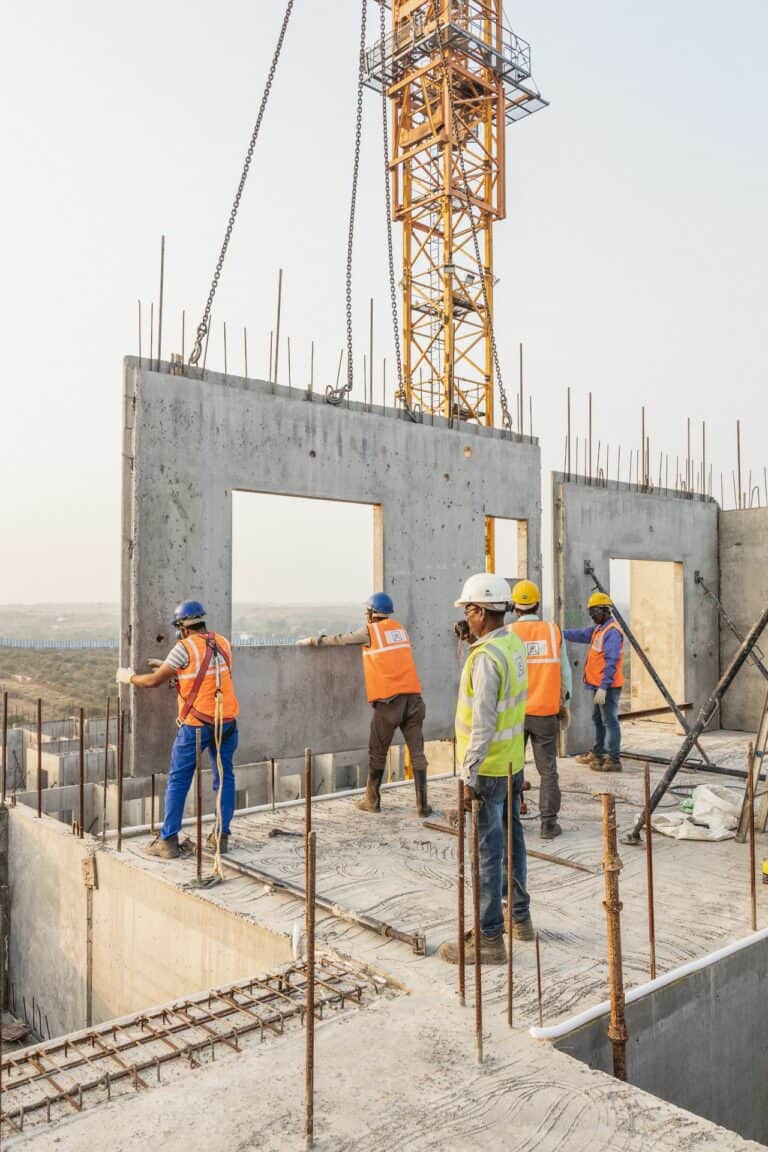
We cover various manufacturing techniques like slipforming, extrusion, and tilting tables. Elematic technologies, such as EDGE production lines and automated systems, are highlighted for enhancing productivity. Efficient logistics planning, including transport routes, crane operations, and site handling, is crucial to preventing damage and delays.
A rigorous quality control process is outlined, including raw material testing, in-process inspections, and final strength verification. Documentation and audits support ongoing improvements and ISO compliance.
The Precast Design Handbook is a crucial resource for professionals seeking to modernize construction practices. With its emphasis on planning, precision, and performance, precast concrete stands as a cornerstone of future-ready infrastructure.
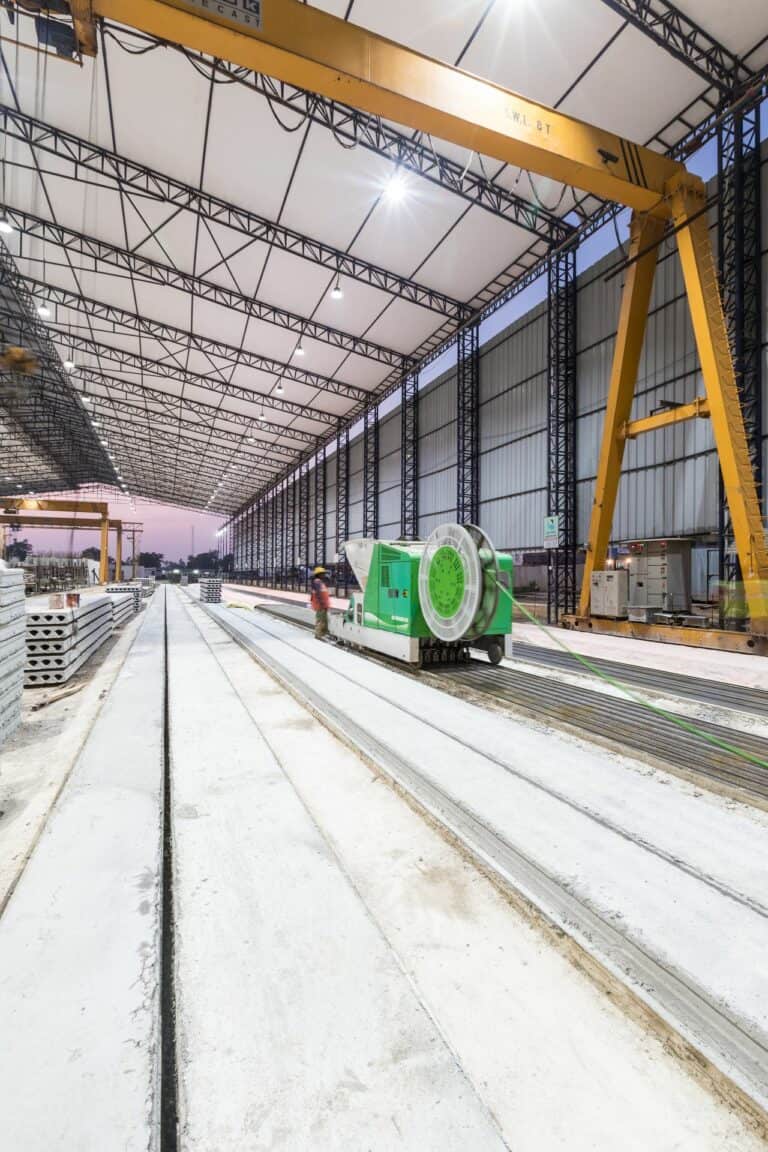
Contact our Mr. Shridhar Rao (Shridhar.Rao@elematic.com) to learn more or leave your contact details below and we will be in touch shortly.

Precast concrete provides efficiency, versatility and durability to a wide range of structures. To make the most of…

What is required and expected in the current realty market is fast, economical yet high-quality construction….
or